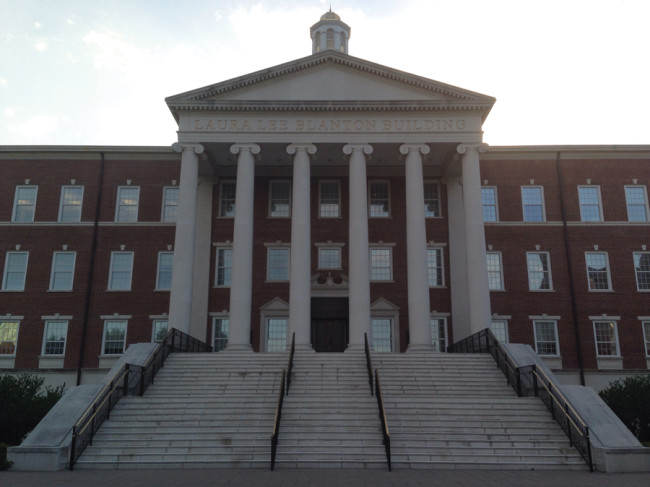
First-year applications to Texas universities, including SMU, have steadily increased over the past five years. Driven by economic growth and the rising cost of education, private and public universities across the state are receiving more attention from high school students than ever before.
Wes Waggoner, dean of undergraduate admission and executive director of enrollment services at SMU, said that the recent economic growth in Texas contributed to SMU’s rising application numbers.
“SMU has also taken advantage of the fact that Texas is the place to be – especially for its economy and job market. I can’t speak for why other universities have seen growth in their applicant pools, but I’m sure that the appeal of Texas is part of it,” Waggoner said.
As for the cost factor, Catherine Marrs, founder of Dallas-based Marrs College Admissions Advisors, said that many of the students she advises are looking to stay in Texas for their college educations.
“I try to require my students to apply to at least one Texas public school when they sign on to work with me. It is a safety school financially,” Marrs said.
Alicia Estes, chair of college counseling at Ursuline Academy of Dallas, also noticed the cost of post-secondary education affected her students’ application choices.
“As families become more aware of the cost of college, they will often have one or more Texas public colleges on a student’s list so they have an option with a more reasonable cost of attendance,” Estes said.
Universities across the state, including SMU, noticed the growing Texas economy and cost of education, and responded by directing more attention to Texas high school students. Estes said that they received more attention from colleges recently because the colleges appointed regional admissions representatives to live and work in Texas.
Specifically at SMU, the admissions department actively tried to entice more high-achieving high school students to apply.
“The [application] growth coincides with some initiatives in the admission office and across campus to make more of the nation’s best students aware of the opportunities at SMU. We reached out to more students and have encouraged them to consider attending SMU,” Waggoner said.
While many colleges in Texas also experienced similar application growth, they responded in different ways. For instance, public colleges competed on aspects that private colleges could not.
“I think Texas State University has improved their marketing efforts which has paid off in an increase in applicants. I also think the 7 percent rule that the University of Texas at Austin has to follow has led to more students applying to other Texas schools,” Marrs said.
The 7 percent rule at UT to which Marrs referred states that UT is required to accept all Texas applicants that were in the top 7 percent of their graduating classes, regardless of other factors.
In comparison to the public universities, the private universities were more expensive over the past five years, and had to find ways to compete on cost in a
cost-driven market.
“The amount of merit aid offers made by a private institution has a lot to do with its enrollment. For instance Baylor,” Marrs said.
As opposed to competing on cost, SMU took a different approach than the other private colleges in Texas, and focused on inviting more students to visit, letting the campus sell itself.
“If we can get a student to visit SMU, there is about a 75 percent chance that student will apply,” Waggoner said. He attributed that fact to the SMU culture and campus feel.
“There is so much energy and momentum among the faculty and students at SMU right now. Visitors feel that and want to be a part of it,” Waggoner said.








